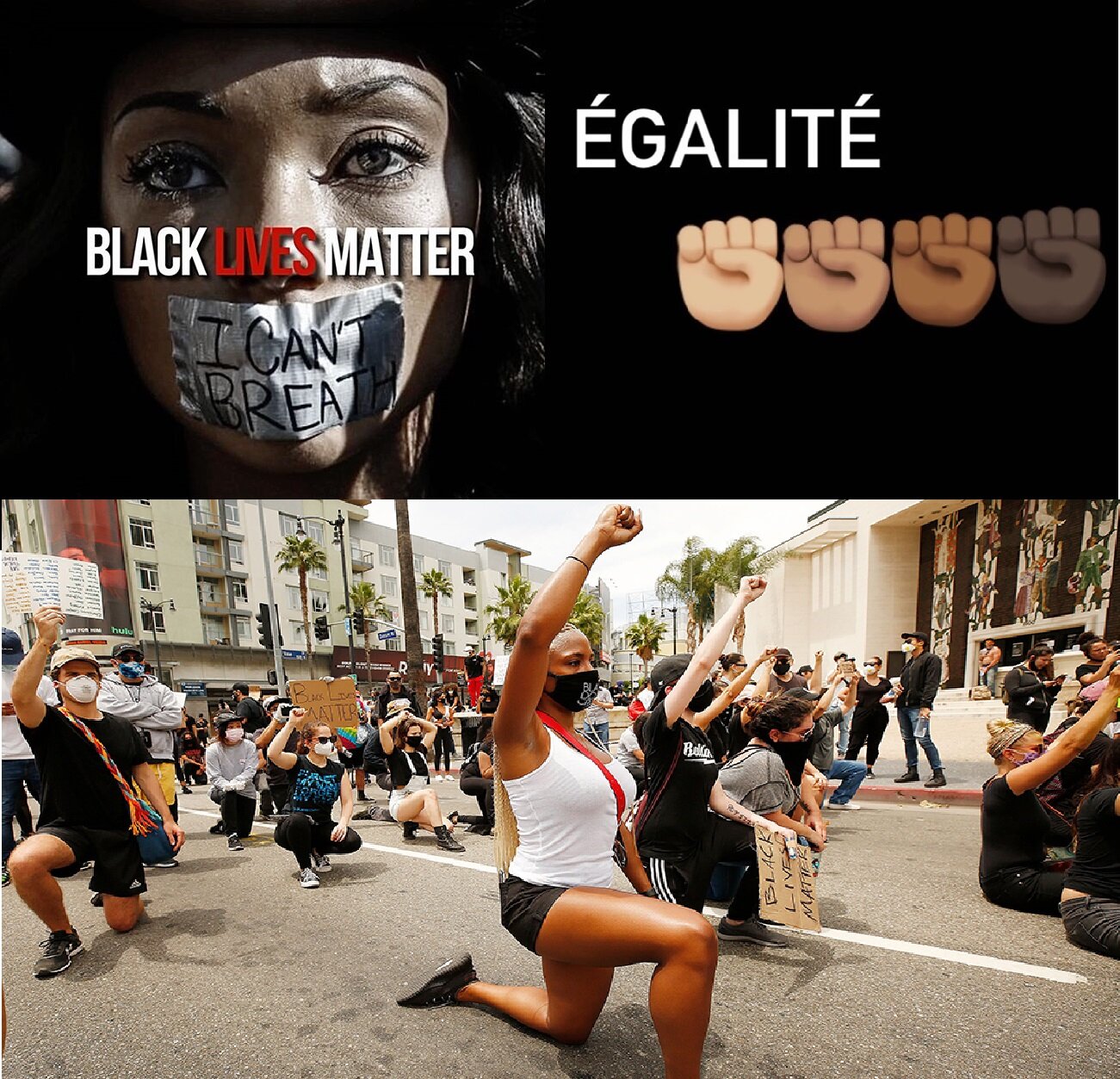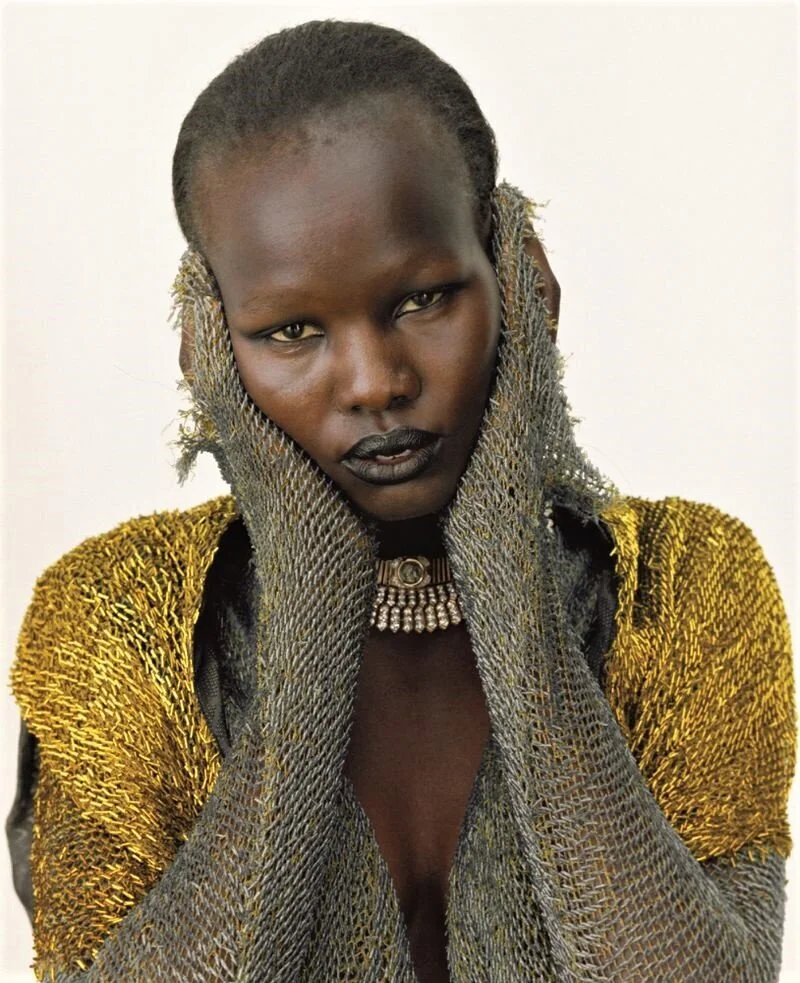Fear, More Than Hate, Feeds Online Bigotry and Real-World Violence
/Fear, More Than Hate, Feeds Online Bigotry and Real-World Violence
By Adam G. Klein, Assistant Professor of Communication Studies, Pace University. First published on The Conversation.
When a U.S. senator asked Facebook CEO Mark Zuckerberg, “Can you define hate speech?” it was arguably the most important question that social networks face: how to identify extremism inside their communities.
Hate crimes in the 21st century follow a familiar pattern in which an online tirade escalates into violent actions. Before opening fire in the Tree of Life synagogue in Pittsburgh, the accused gunman had vented over far-right social network Gab about Honduran migrants traveling toward the U.S. border, and the alleged Jewish conspiracy behind it all. Then he declared, “I can’t sit by and watch my people get slaughtered. Screw your optics, I’m going in.” The pattern of extremists unloading their intolerance online has been a disturbing feature of some recent hate crimes. But most online hate isn’t that flagrant, or as easy to spot.
As I found in my 2017 study on extremism in social networks and political blogs, rather than overt bigotry, most online hate looks a lot like fear. It’s not expressed in racial slurs or calls for confrontation, but rather in unfounded allegations of Hispanic invaders pouring into the country, black-on-white crime or Sharia law infiltrating American cities. Hysterical narratives such as these have become the preferred vehicle for today’s extremists – and may be more effective at provoking real-world violence than stereotypical hate speech.



























